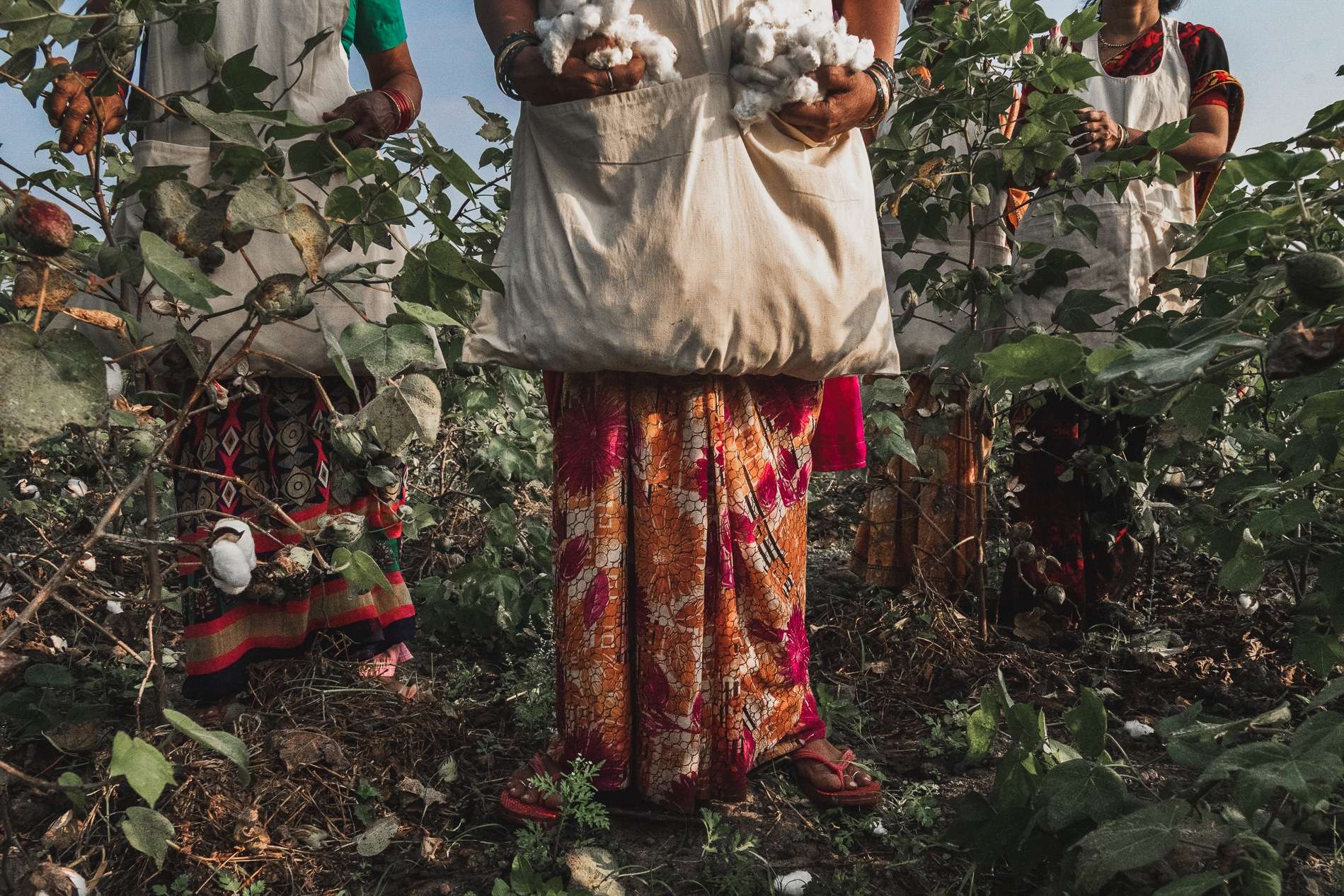On the heels of an exposé about India’s problematic organic cotton industry, coalitions focused on sustainability and regenerative agriculture show a way forward.
Cotton is a complex crop. It’s light, soft, comfortable, and people love wearing it—it’s the most popular textile in the world, making up more than 30 percent of all clothing. But cotton is challenging to grow; it’s resource intensive, and, in recent years, it’s also a highly politicized issue.
A recent report shines a light on corruption in India’s organic certification system, one the New York Times says is “rife with opportunities for fraud.”
At the epicenter of our love for cotton lies India, the world’s leading cotton producer—organic or conventional. It is home to some of the earliest evidence of agriculture on the planet. Grains and legumes played a crucial role in making it a top agricultural hub. It also was at the center of the Spice Trade with the Romans for more than three centuries.
Cotton in India
Cotton has been growing in India for thousands of years. But in an effort to modernize, farmers in the 1970s began to favor hybridized seeds that promised higher yields. The only caveat was better-performing seeds brought larger numbers of the cotton-loving bollworm. This pest threatened the livelihood of India’s cotton farmers.
By the early 2000s, Monsanto (now Bayer) had developed Bt cotton seeds — genetically modified to produce the toxic Bacillus thuringiensis bacterium. This turned cotton seeds into their own insecticides. This was good news for cotton farmers who had been dousing their crops with pesticides for decades as the bollworms thrived on the increased cotton yields. But the bollworms were becoming resistant to the chemicals; Monsanto promised a seed that could both increase yields and control pests.
And for some farmers, it’s worked. For those with access to irrigation and modern tech tools, GMO cotton has improved yields and reduced pests. But for more than 65 percent of India’s farmers who rely on rain, the situation has been much different.
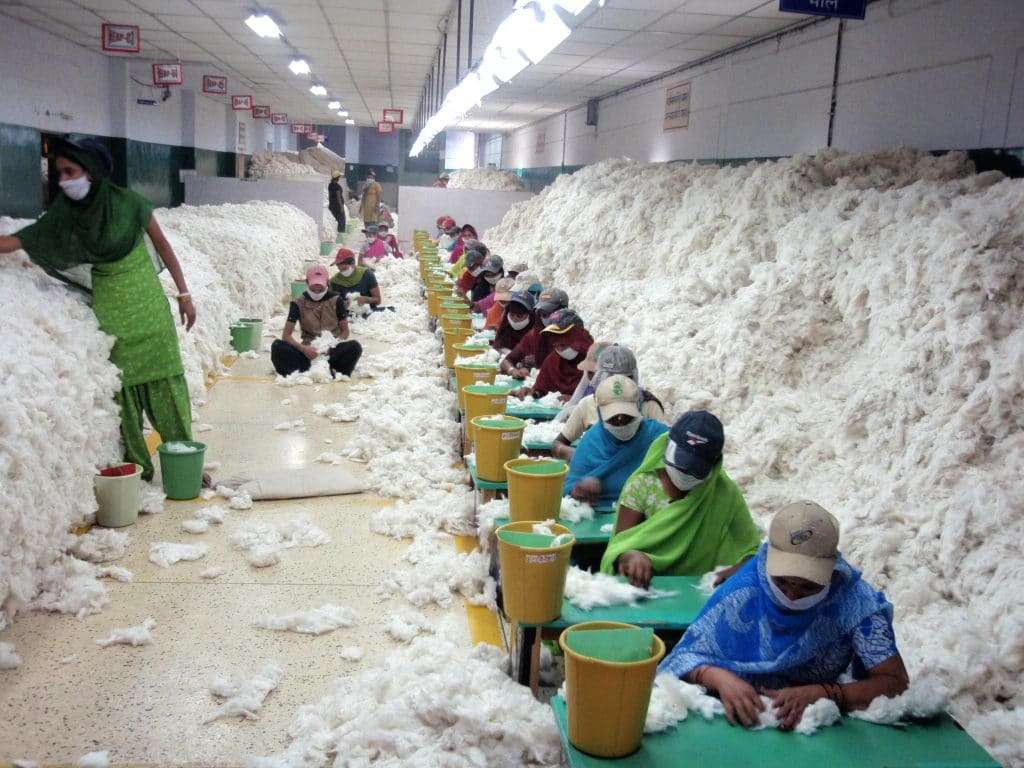
The hybrid cotton seeds of the 1970s that brought the bollworm, were heavily reliant on fertilizer.
“Fertilizer should never have been allowed in agriculture,” agriculture activist Vandana Shiva said in a 2011 speech. “I think it’s time to ban it. It’s a weapon of mass destruction. Its use is like war, because it came from war.”
The PhD founded the organization Navdanya, which in Hindi means “nine seeds.” Her goal has been to elevate India’s farmers out of poverty and out of the corporate monocrop culture that destroys land, pollutes water and air, and, in far too many cases, leaves farmers destitute.
Shiva’s a master at painting bucolic imagery of what farming should look like, not just in India, but around the world in countries where small family farms are still dominant. She rose to prominence in the early 2000s, when organic food was first certified in the U.S., and farmers in India were signing contracts with Monsanto. That increase in contracts was linked to India’s rising suicide rights. According to a 2020 study, farmers and ranchers died by suicide at more than 3.5 times higher than the average population, no matter whether or not the seeds were organic.
But more data continue to show that farmer suicides are more complicated than simply pointing the finger at the agrochemical giant in the field. Lack of rain water, or, in some seasons, too much of it, have also pushed farmers into losses and debt.
India farmer protests
Then came new rules. In September of 2020, India’s Parliament passed three farm acts that would bring fundamental changes to how farmers store, price, and sell their crops, including cotton. Between 2020 and 2021 hundreds of thousands of India’s farmers left their land and took to the streets protesting over recent agricultural laws. Celebrities including Rihanna and Greta Thunberg showed their support for the farmers.
Protests failed to yield much, however, but Prime Minister Narendra Modi said he was suspending implementation of the laws until later this year. That’s not enough, the farmers argue. And many say they will continue to protest until the new laws are fully repealed.
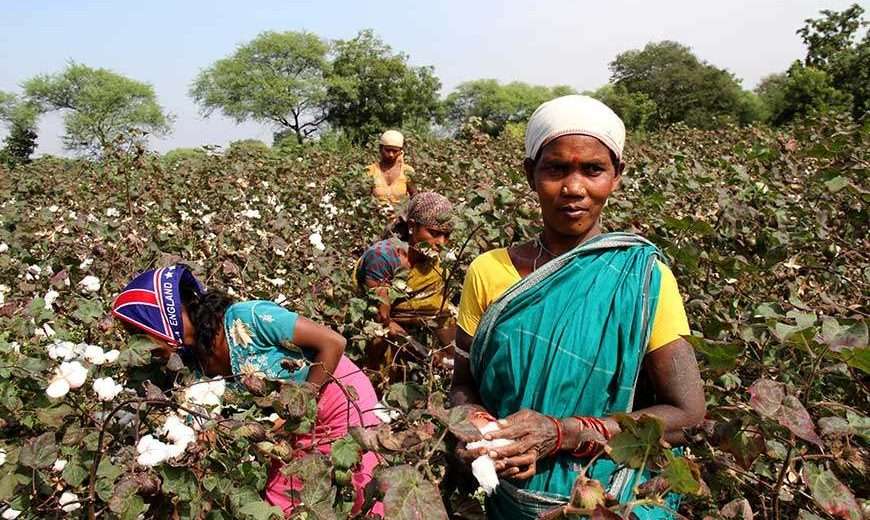
So farmers are finding other means to protect their livelihood and the land—often by way of switching to organic. A new project spearheaded by Gallant International, a Los Angeles-based certified B Corp that does custom branded apparel made entirely from organic cotton with fairtrade practices, has spearheaded a regenerative agriculture shift in India.
Over the winter, the company says it helped to transition more than 700 of India’s farmers to regenerative agriculture practices, covering more than 3,500 acres of land. It’s now the world’s largest Regenerative Organic Certified project.
Organic cotton
“We’ve been using organic cotton for nearly a decade, and we’re just so thrilled to take it a step further with this certification. Now farmers will not only be participating in the most regenerative practices possible, they will be playing a major role in healing the planet—while making extra income from organic, fairtrade premiums and rotational crops. This certification is much more than just a checklist. We’re working to create a more holistic supply chain that takes care of everyone involved, not just the buyer,” Vikrant Giri, Founder of Gallant International, said in a statement.
Gallant says its hope is that it sparks a transformation in how organic cotton is farmed across India, bringing more scrutiny to the supply chain.
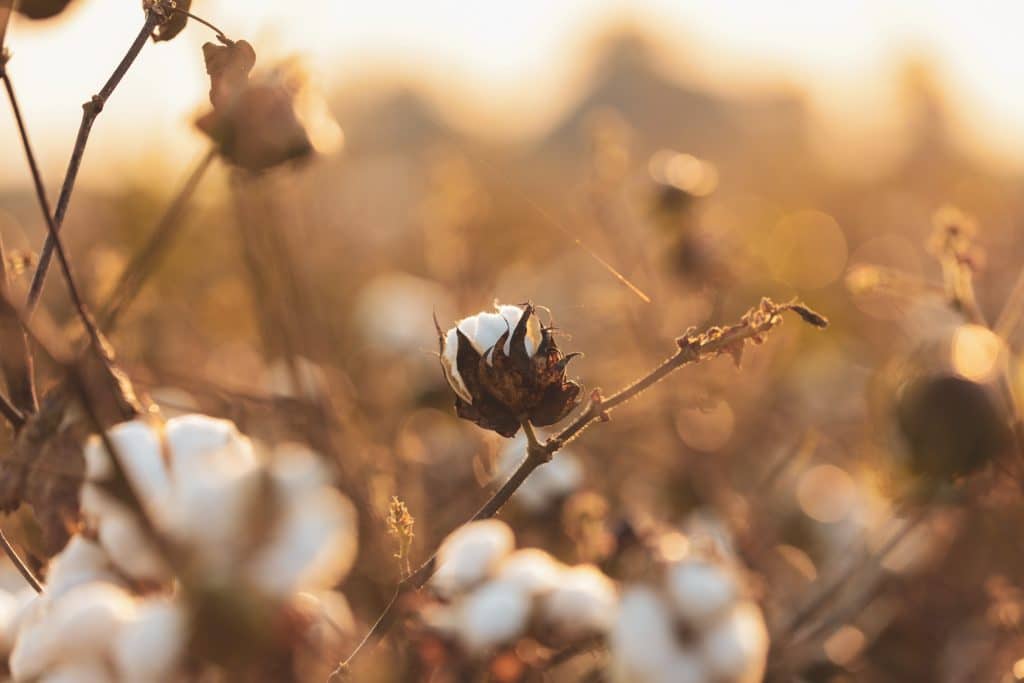
But according to the Times, organic certified cotton is so frequently not what it claims that last November, the EU voted to no longer accept cotton from India promoted as certified organic by the main companies responsible for organic cotton: Control Union, EcoCert and OneCert. “And in January, the international agency that provides accreditation to organic inspection agencies, IOAS, withdrew OneCert’s ability to inspect and certify cotton processors for these labels,” the Times reports.
An expert the Times spoke with estimated that as much as 80 percent of Indian cotton sold as organic is not genuine. The expert suggests that “almost the entire supply chain” is implicated in what he calls a game of “smoke and mirrors.”
Indian cotton and climate change
Conventional agricultural practices are also linked to climate change—agrochemicals contribute to greenhouse gases and deplete soil’s natural abilities to sequester carbon.
“India grows much of the world’s cotton but sadly with chemicals, pesticides and GMO seeds. We would like to change that by writing a new narrative for the cotton in the country by not only being organic and fairtrade but also with regenerative practices,” says R. Nanda Kumar, CEO of Chetna, a farmer-owned organization in India.
The group has long been at the forefront of India’s environmental movement, offering farmers alternatives to genetically-modified cotton, and supporting farmers in their transitions to organic practices. This is not only a boost in the fight against climate change, but more lucrative for the growers, too.
“With climate change a reality, both agriculture lands and forest covers shrinking, experts world over are advocating for agroecological and regenerative agricultural practices,” added Arun Ambatipudi, Chetna’s Executive Director. “For us, it’s imperative to promote a more holistic approach to farming, especially amongst its smallholder cotton farming communities living in the forest corridors.”
Regenerative cotton
The Regenerative Organic Certified program is backed by the California-based Regenerative Organic Alliance—a non-profit founded by organic leaders including Patagonia, Dr. Bronner’s, and the Rodale Institute.
To qualify, farmers need to meet criteria that verifies they’re compliant with soil health—this can mean intercropping, encouraging biodiversity, using organic inputs (ideally from within the farm’s ecosystem), little or no tilling, and crop rotation to keep soils covered year-round, as well as animal welfare. The farms must also uphold social wellbeing for farmers and farmworkers.
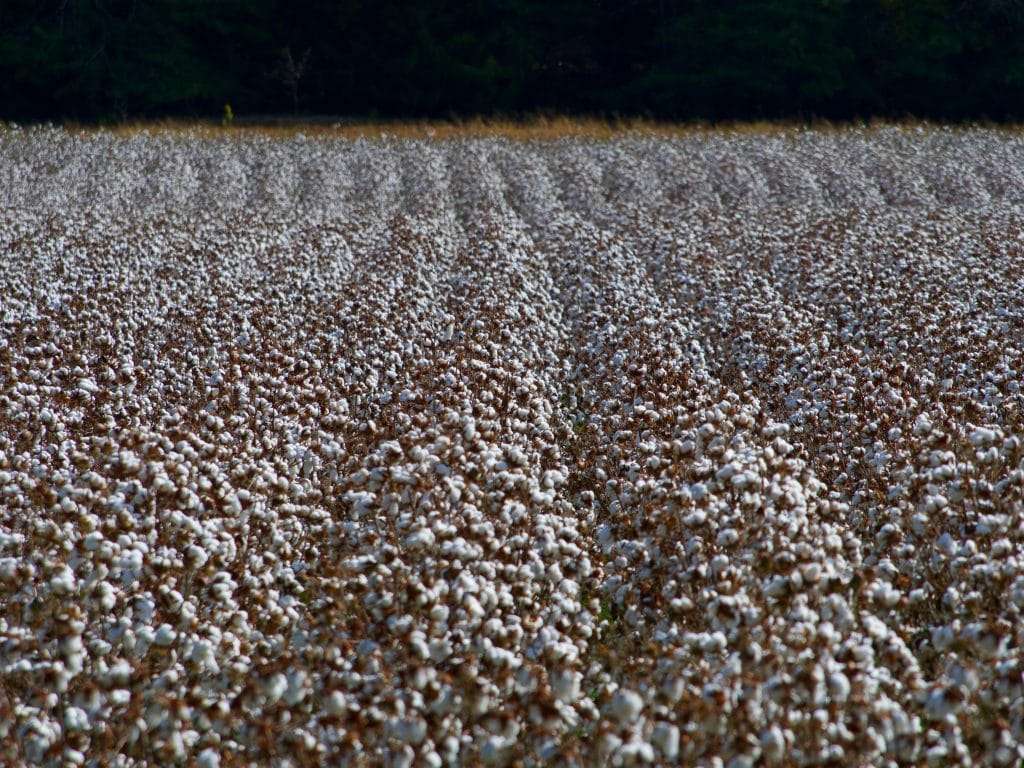
“Gallant emulates the best of the ROC program,” says Elizabeth Whitlow, Executive Director of ROA. “The aspirational principles encoded in our standard are perfectly expressed by Vik, Gallant and his team. They have become allies and advocates for the farmers they are sourcing from and clearly demonstrated that they are on the regenerative journey with the hardworking humans in these communities. As I’ve come to know them, it is apparent that such principles are deeply intrinsic to who they are as people AND as a brand.”
The Times reports that for at least a decade, NGOs and brands have described India’s organic cotton industry as being “in crisis.”
“N.G.O. workers worry exposure would lead to the total collapse of the industry and harm the small subset of farmers who are, in fact, growing organically,” Alden Wicker, Emily Schmall, Suhasini Raj, and Elizabeth Paton, wrote in the Times piece. “They also fear the wrath of Prime Minister Narendra Modi’s government, which has come down hard on those who dare to criticize the country. Others are profiting handsomely from the certification system.”
New world cotton
But there continue to be efforts to produce more organic cotton in India, and support the farmers already growing it.
The Sustainable Apparel Coalition (SAC) recently welcomed the Organic Cotton Accelerator (OCA), which the groups say is a collaboration approach to “unleash the organic cotton effect.” That effect, they say, is cotton’s potential for positive impact both in the field and in our closets. SAC includes more than 250 members across apparel, footwear and textile, brands, retailers, suppliers, service providers, trade associations, non-profits, NGOs, and academic institutions working to reduce environmental impact and promote social justice throughout the global value chain.
“Being a farmer centric organisation, our focus is on improving the livelihoods of existing and transitioning organic cotton farmers across India and Pakistan,” says Thomas Mason, OCA programme manager, sustainability, and impact. “With the Sustainable Apparel Coalition, we can work collaboratively in improving the social and environmental impacts of farming, using on the pulse scientific data from the Higg Index which will bring a better understanding of sustainability and impact across our operations.”

OCA says the move helps it to foster necessary changes in the supply chain.
OCA recently welcomed Soorty—Pakistan’s largest vertically integrated denim supplier. “We are determined to keep our impact a positive one, and we continuously define ourselves opportunities to do social and environmental good with doing what we do – producing denim fabrics and garments people will feel and look good in,” Soorty said in a statement. “We use data-driven transparency as our guide.”
The biggest challenge for the industry comes by way of unreliable inspections. Neither GOTS nor Textile Exchange perform their own inspections, according to the Times, relying instead on local offices of the large inspecting agencies. In 2020, GOTS said it found fraudulent certifying schemes that faked government approvals, including falsified certifications and websites. GOTS said it banned 11 companies as a result, a move that impacted 20,000 tons of organic cotton—more than 15 percent of India’s organic cotton production.
But organizations like The Regenerative Organic Alliance and the Sustainable Apparel Coalition hold respected members including the SAC’s Ralph Lauren—a vocal sustainability advocate—as well as Nike, Allbirds, and Under Armour.
The eleven-year-old SAC recently outlined new goals, including a strategic plan aimed at reducing sector-wide emissions by nearly half by 2030 and taking steps to strengthen industry accountability.
It’s a move Gallant supports, too, “to build a completely traceable supply chain, and that too committed to regenerative organic practices is crucial for us to show that fashion can benefit, not harm, the planet,” says Giri. “That’s why we embarked on this process and are keen to see how we can expand it across farming communities in India.”

